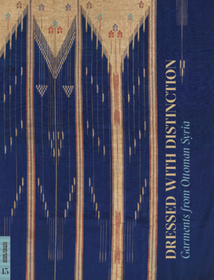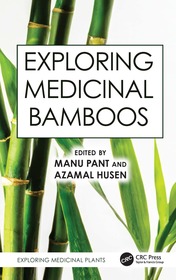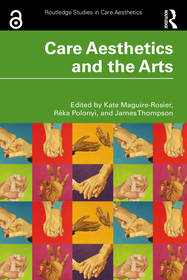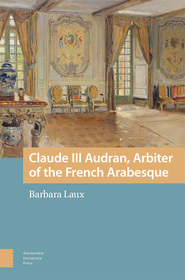
- Publisher's listprice GBP 22.99
-
10 983 Ft (10 460 Ft + 5% VAT)
The price is estimated because at the time of ordering we do not know what conversion rates will apply to HUF / product currency when the book arrives. In case HUF is weaker, the price increases slightly, in case HUF is stronger, the price goes lower slightly.
- Discount 10% (cc. 1 098 Ft off)
- Discounted price 9 885 Ft (9 414 Ft + 5% VAT)
Subcribe now and take benefit of a favourable price.
Subscribe
10 983 Ft

Availability
Estimated delivery time: In stock at the publisher, but not at Prospero's office. Delivery time approx. 3-5 weeks.
Not in stock at Prospero.
Why don't you give exact delivery time?
Delivery time is estimated on our previous experiences. We give estimations only, because we order from outside Hungary, and the delivery time mainly depends on how quickly the publisher supplies the book. Faster or slower deliveries both happen, but we do our best to supply as quickly as possible.
Product details:
- Publisher University of Washington Press
- Date of Publication 31 March 2020
- ISBN 9780990762690
- Binding Paperback
- No. of pages80 pages
- Size 305x229 mm
- Weight 544 g
- Language English
- Illustrations 72 color illus., 1 b&w illus, 1 chart, 1 map Illustrations, color 50
Categories
Long description:
A lavishly illustrated collection of Syrian textiles from the turn of the twentieth century
For hundreds of years, skilled craftspeople in the Syrian centers of Aleppo, Damascus, and Homs produced intricately woven textiles for the royal courts, worldly merchants, and elite Bedouin families of the Ottoman Empire. City dwellers were renowned for wearing brightly colored silk garments that glittered with gold and silver threads. By contrast, nomadic Bedouins wore woolen garments in hues and designs reflecting their desert lifestyle. The allure of these garments stems from the technical virtuosity with which they were woven and the aesthetic beauty of their drape and stylized designs.
Dressed with Distinction offers a window onto the history of textile production in the Middle East during the late nineteenth and early twentieth centuries, until political and social changes led to the dominance of Western-style commercially manufactured attire. In addition to articulating the social and seasonal contexts in which the garments were worn, this book examines the styles of dress of women, men, and children in Ottoman Syria, including cloaks (abaya), head coverings (hatta), women's body coverings (carsaf), and jackets (qumbas).









